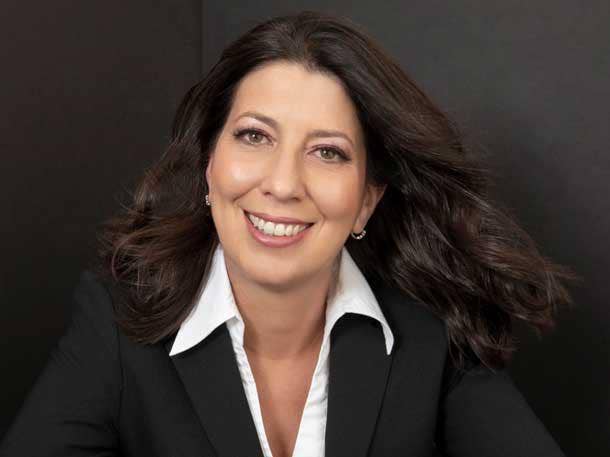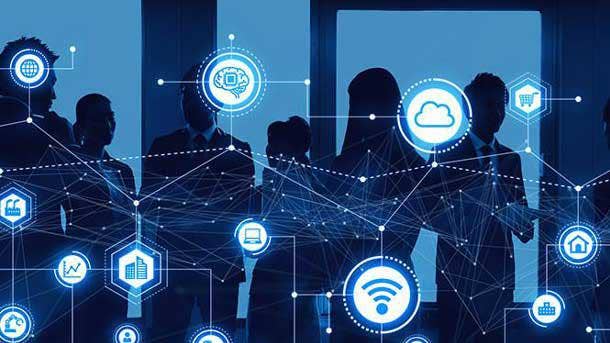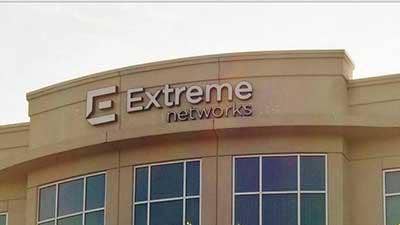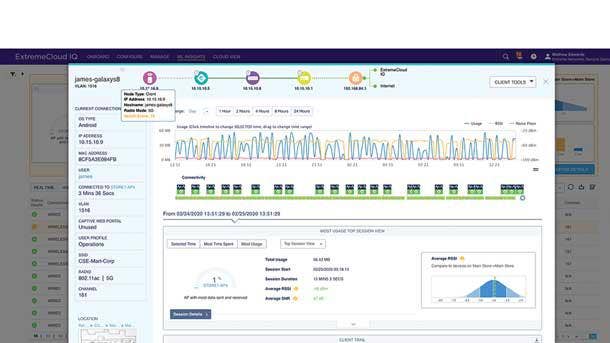Extreme Networks’ Natalia Vianden On Partner Evolution And Diversity As Company Celebrates 25 Years
In celebration of the networking giant’s silver anniversary, Extreme’s director of global channel programs, Natalia Vianden, shared her two decades’ worth of channel experiences, the trends shaping the IT industry, and the importance of diversity and inclusion in the evolution of Extreme Networks.

Time-Honored And Partner Approved
May 6 marks Extreme Networks’ 25th anniversary, which is no easy feat for a vendor in the networking industry where competition and consolidation run high.
A company veteran and mainstay, Extreme’s director of global channel programs, Natalia Vianden, has been with the company for 20 of its 25 years, climbing the ranks from channel sales to heading a global partner program team and launching several channel programs throughout the years in the process. In fact, she’s been instrumental in leading the integration of the Extreme Networks and Enterasys Networks Partner Program, launched in 2014, as well as program consolidations with Zebra, Brocade and the Avaya Partner Programs in 2016 and 2017. Her and her team last Fall launched a brand-new, unified global partner program for the Extreme Partner Network that is offering more financial incentives, rewards and market development funds (MDF) to make the company even more flexible and accessible to more partners, according to San Jose, Calif.-based Extreme Networks.
Vianden and her team have been hard at work motivating partners to be part of Extreme’s extended sales force, and even despite a global pandemic, the company is seeing growth in cloud and subscriptions.
Vianden sat down with CRN during the company’s silver anniversary to share her experiences in the channel over the last two decades, how the company and the channel has evolved, the trends shaping the industry, and the importance of diversity and inclusion in the development of a networking giant that can stand the test of time.
Here are excerpts from the conversation.

What are the big networking trends that you’ve seen over the past two decades that have shaped the networking industry?
I think when we started, it was not really clear that Ethernet would be the leading way of networking. I also think unification, simplification, and making the experience effortless is our latest goal and one of the biggest trends. Today, I think [partners] have different asks. It’s more about cloud incentives and subscription incentives. That’s where their interests are and that is on our roadmap -- we want to push cloud and partner incentives in that direction.
Are you seeing Extreme partners evolving their businesses alongside the company?
Absolutely. We are pushing cloud very much and obviously the partners are very interested to join that journey. We see that we have many partners are acting already as MSPs. They don’t wait until we have an official program, they’re just doing business, [and] that’s where we see that demand coming from for [those new models], the partners.
I think [the MSP model] is definitely the direction we’re going right with our cloud offerings. MSP is front and center. For us and them, that’s certainly where the future will be, along with as a service. In my area and the programs, there will be incentives that we provide [for] subscription offerings.

How has Extreme in the last year responded to the COVID-19 pandemic and what has the company changed to better support partners during this time?
I think [COVID-19] has provided a big push for companies to invest in digitization since with all the remote workers, everything had to be over Zoom, etc. So, for our industry and for our business, that was a driver. Especially here in Germany, for example, you have a lot of companies who would never have approved people to work from home and now everyone has to work from home. These drivers are, of course, impacting our businesses in a good way, because we support that infrastructure. We had to support our partner base during that pandemic in a specific way and helping them to overcome the challenges that they obviously had, and everyone had in this difficult time was very important.
We launched a new program last year where we gave partners specific financial terms, free trainings, and we extended [the expiration dates/deadlines for] specializations, because they couldn’t go to in-person classes. We also reduced our growth targets so they could still be profitable in our partner programs. Things like that were initiatives for us in responding to and supporting partners in the pandemic. We’re seeing partners are recovered and are doing well in terms of Extreme’s partner program.

What kind of program changes have you had to make within this past year to incentivize partners in these new areas?
We’ve had a few [updates] but the channel program changes still will have to come. We have included subscription in our Ultimate Warrior, [a program that recognizes Gold and Diamond partners] for example, and will incentivize partners to sell a certain number of subscriptions and activate those. We did some training webinars for partners to transfer knowledge and we’ve done a lot of sessions for our partners to understand cloud, positioning and changing business models.
We are really a channel-focused company -- I don’t think we could scale without the channel. Our products need to be installed and maintained. Customers want services, and all of the services that our partners do, we couldn’t do that on our own. We certainly need them to reach the customer base that we want to reach.

How has Extreme’s partner base shifted and evolved over the past 25 years?
We had, of course, way less partners when we started. We were in startup mode [and] it was all very hands-on. Now, we are a grown-up company. Our partner base has grown, and we have a lot of different partners from our acquisitions, like Enterasys. We have very loyal [partners] from some acquisitions that were there already almost 20 years ago. We have many, very long-term partners that are still with us. We now have almost 12,000 partners globally.
We launched an MSP pilot program last year, and that’s going to become way more important. We also are going to [continue] to work on different go to market segments, like VARs and distributors, but we will broaden the go to market for referral partners, consultants, and MSP partners in the near future with specific programs.
We see with the traditional partners, some being a little bit more conservative with their approach. But I have to say, it’s been a different conversation last year. Even with the more traditional [partners], we’re seeing them way more open to these kinds of conversations around [cloud and subscriptions]. The pandemic has changed the perception of [some of] these partners and I think everyone is seeing where the future is going.

How important is diversity to Extreme Networks and what kinds of initiatives does the company have in place to promote women in tech and diversity?
I’m part of the Women’s Leadership Council and the Diversity and Inclusion Council [and] we’ve been seeing a lot of engagement and activity over the past few years. There’s still a lot of work that needs to be done to close the gender gap, but we’re investing a lot of energy there and Extreme has increased the number of female [employees] from 18 percent to 25 percent in the last three years. For me personally, whenever we have the opportunity, we should empower people in our company, and not just in terms of gender, but also diversity. That’s very, very important to us as well.
We have various councils and they are very active. We have almost bi-weekly meetings and webinars and we have external speakers that talk about how important diversity is and what you can do to empower women in the company, for example. We have a lot of knowledge transfer inside, and we also have our own executive team hosting conversations with our employee base, which I think is really awesome. That includes everyone — not just the female community. Then, there are a lot of sub-councils that do certain activities along the way, and that has been way more active in the past years and months with specific events that we are invited to, [like] cooking classes, or other fun things that are being offered. The company is really looking to understand what the people saying and also to get feedback on where to improve and what work works well.